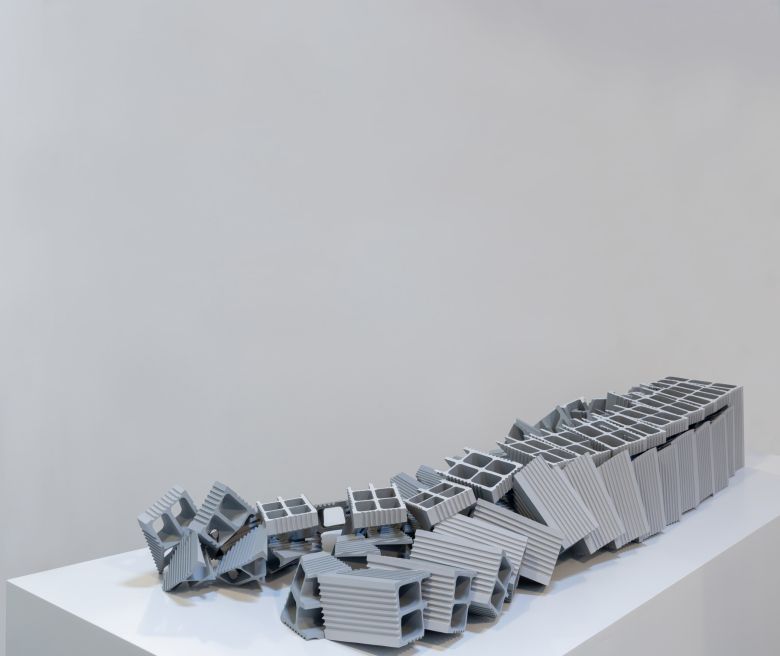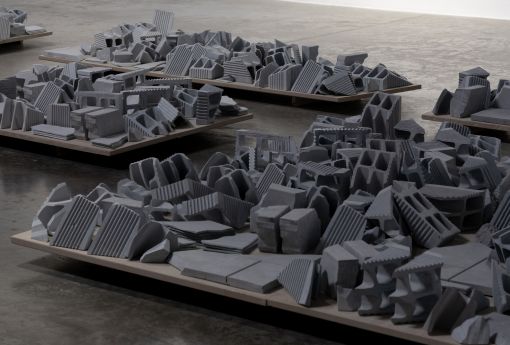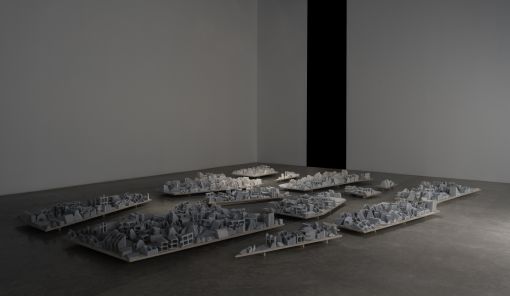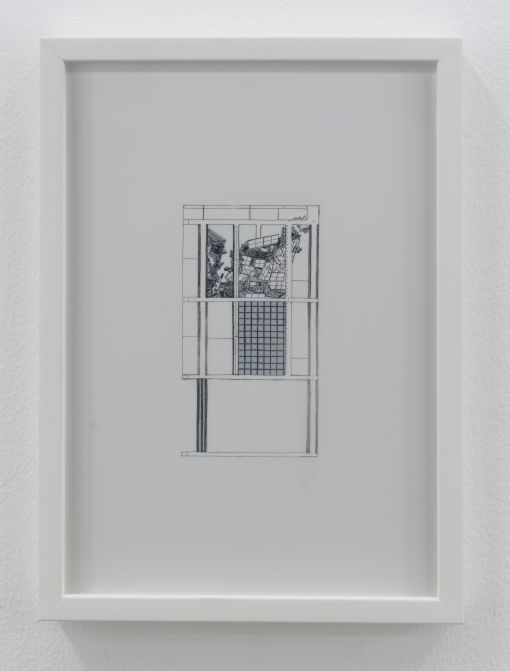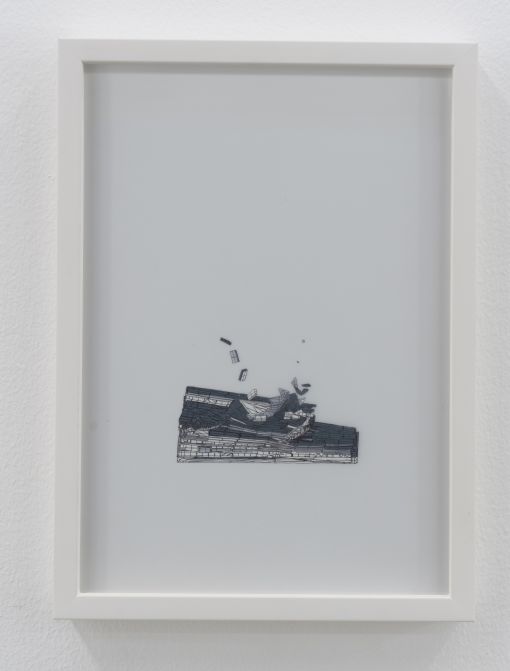The phrase “Demolishing buildings, buying waste” accompanied by various phone numbers sprayed hastily over and over again on the walls of low rise buildings or the tarp wrapped around rising structures is a quieter sign of the force that has been transforming Tehran in the past decade. The fast pace of demolision (average of two weeks for a 200 square meter three story building) quickly erases the physical features of the city. The gradual construction processes slowly accustom our eyes to the new spacial forms and by the time a building is finished we can no longer remember how the space looked like before it existed. This is how Tehran has been harshly but methodically changing.
Tehran like other big cities is not new to change, the city has undergone a few periods of harsh change over the course of its 200 years of existence. In the 1930s, Reza Shah ordered the demolition of much of what bared the aesthetics of the Qajar period to replace them them with new structures to give the city a modern yet historically rooted look. In the 1960s the master plan of Tehran was modelled after American cities by Gruen Associates and brought with it free-ways that cut through and chopped neighbourhoods. The past decade has also seen a vast number of demolitions, while the profit-crazed developments do not seem to have the same ideological agenda at heart and appear to be focused on the absorption of the accumulated capital and turning fast profits, they certainly are the result of political decisions and perhaps fall under the larger inclination towards privatisation and minimisation of public space.
While at first look Tehran with its rising structures and overall growing height of its dwellings appears to be in a process of construction, what is less noticed is the processes which open up space for these dwellings. Often these new buildings are filling the space of what was there before and they contain within their existence the annihilation of the existed. But going a step further, one can say that despite the stone covered built to last looks of the new development, they are part of a larger cycle of accumulation and annihilation. As David Harvey puts it “surplus absorption through urban transformation has an even darker aspect. It has entailed repeated bouts of urban restructuring through creative destruction”.
The main theme of the project is this very cycle with a focus on deconstruction and attempts to capture a moment in this cycle which direction is unclear; whether the city is in construction or destruction. While we are dealing with architectural elements here, I like to take a concept from design terminology, reverse engineering, as a way of exploring this subject. “Reverse engineering, is the processes of extracting knowledge or design information from anything man-made and re-producing anything based on the extracted information. The process often involves disassembling something and analysing its components and workings in detail. In some cases, the goal of the reverse engineering process can simply be a re-documentation of legacy systems.”
Observing a process of demolition will be taken as a symbolic form of reverse engineering, as a way of extracting information, and analysing the economic and social conditions which is leading to this moment in the process of development of the city.
Videos, images, and text courtesy of the artist and Green Art Gallery, Dubai.
Nazgol Ansarinia, “Demolishing buildings, buying waste, 2016-2018,” in mohit.art NOTES #6 (October 2023); published on www.mohit.art, September 14, 2023.
